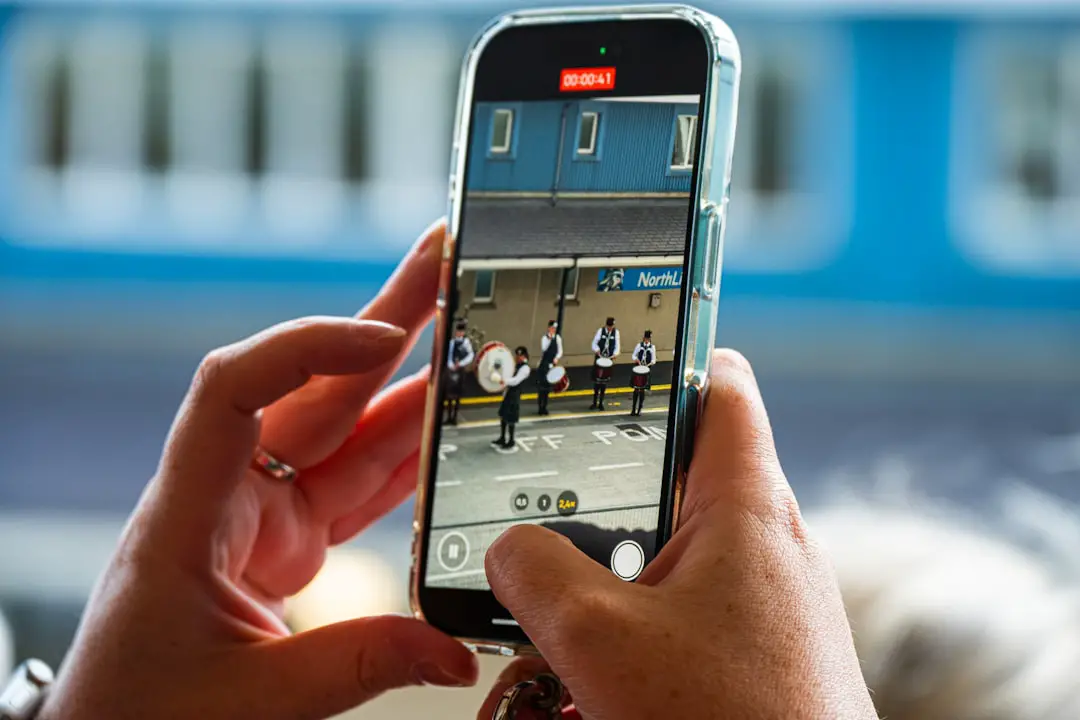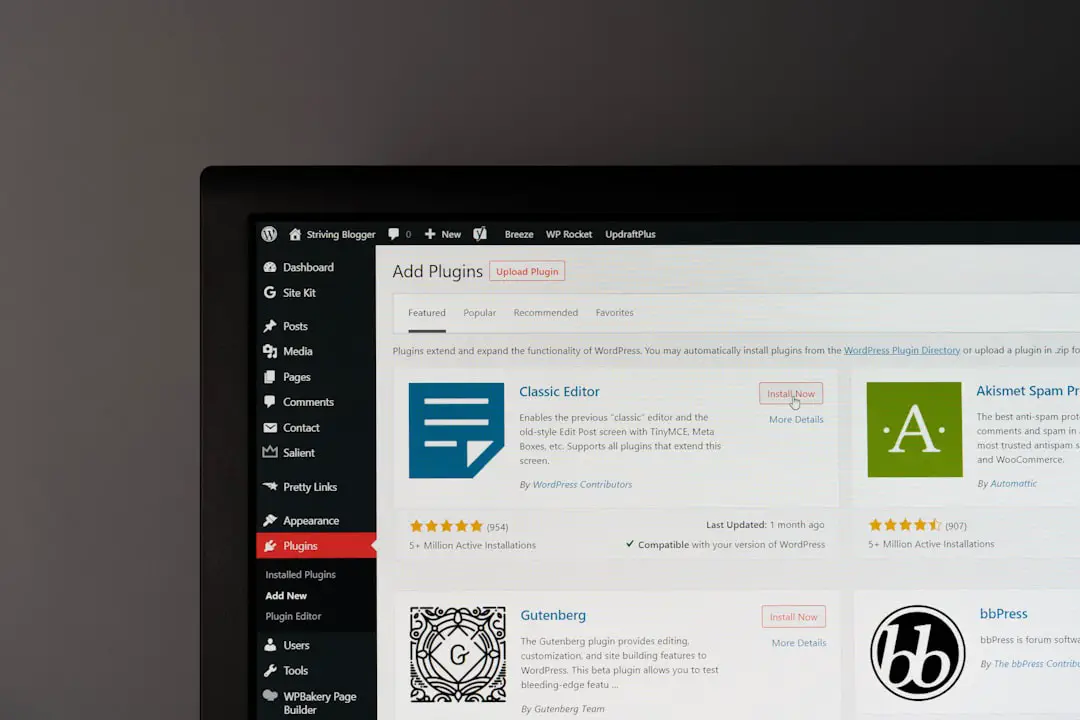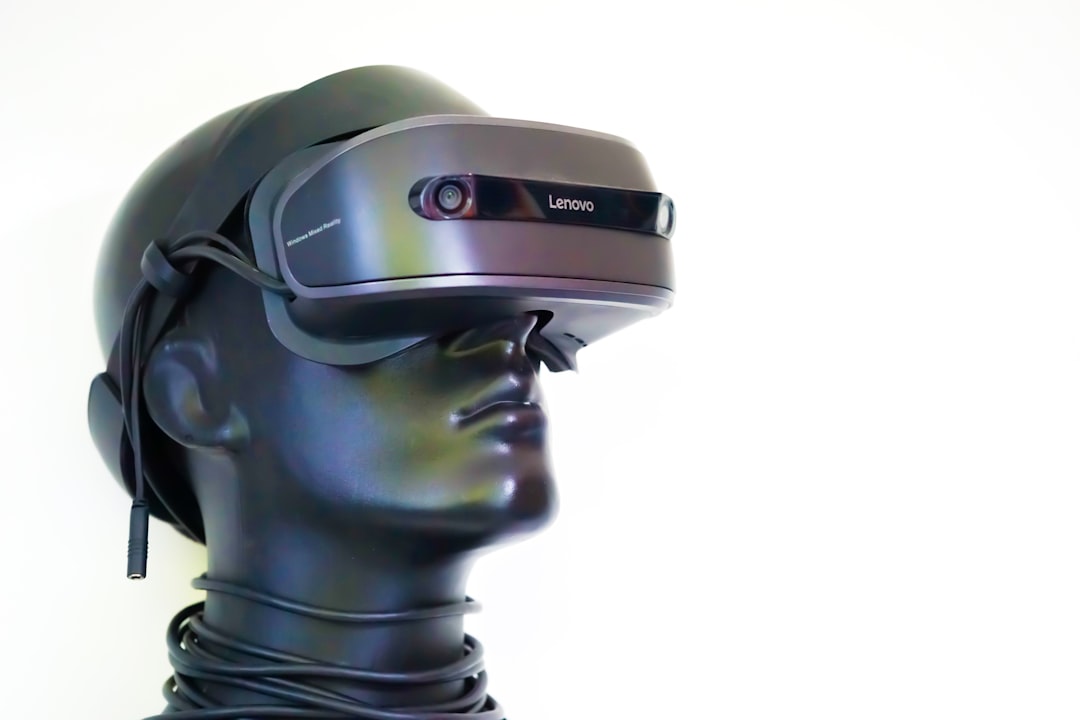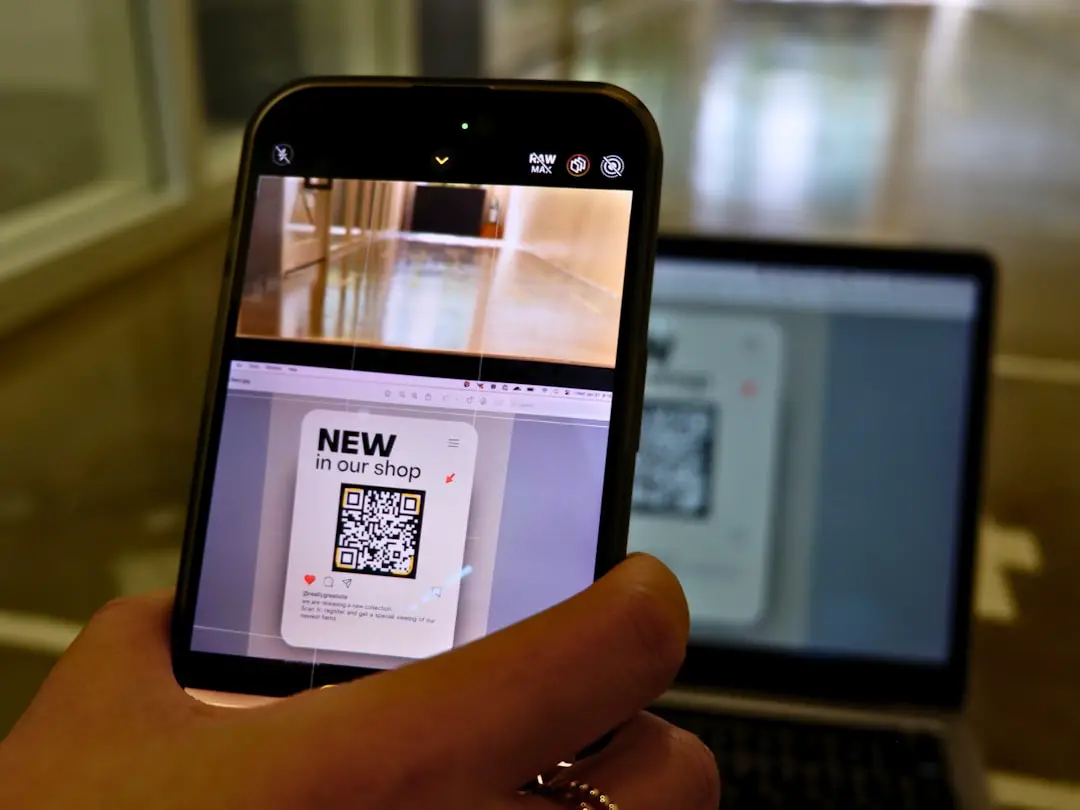As technological innovations continue to forge ahead, Augmented Reality (AR) stands out as a transformative shift in how users interact with digital content. While AR is often linked with gaming and retail, its potential for revolutionizing search engine optimization (SEO) is profound. Businesses and marketers alike are beginning to realize the power of optimizing for AR-driven experiences, creating a new frontier in digital marketing: Augmented Reality SEO.
What Is Augmented Reality SEO?
Augmented Reality SEO refers to the process of optimizing virtual and physical experiences in AR environments to enhance visibility, accessibility, and engagement. Just as traditional SEO involves tailoring content to improve rankings on search engines, AR SEO involves crafting digital assets and metadata that appeal to users and algorithms operating in AR systems.
This evolution brings with it a seismic shift in search intent. Instead of users simply typing or speaking into search bars, users can now point their devices at objects, locations, or markers to retrieve digital overlays of information, products, or virtual companions. The core idea: Search becomes immersive.
Why It Matters Now
With giants like Google, Apple, and Meta pouring resources into AR development, it’s clear this technology will shape the future of the internet. Devices like the Apple Vision Pro or AR-powered eyewear unlock new dimensions of human-computer interaction. Businesses must adapt or risk fading away in the immersive content era.
The transition to spatial search and experiential browsing alters the landscape for SEO professionals, making it essential to understand the early stages of AR SEO before it becomes mainstream.

Key Elements of AR SEO
Just as in traditional SEO, AR optimization consists of both technical and user-centric elements. Here’s a breakdown of the foundational components:
- Geo-Localization: AR experiences rely heavily on geolocation data. Accurate tagging of your business or content with GPS coordinates enhances visibility in localized AR browsers or apps.
- 3D Content Optimization: Uploads such as product models, architectural elements, or interactive guides must be formatted in widely accepted standards (USDZ, glTF) and optimized for fast rendering.
- Semantic Markup: You’ll still need structured data — especially AR-specific schema — to help search engines and AR platforms understand the content of your experiences.
- Voice and Visual Search: AR often starts with visual cues or voice input. Ensuring your content supports voice search and image recognition increases discoverability.
- App and Platform Integration: SEO now extends beyond browsers to spatial apps. Individual AR browsers may have their own rules and formats for indexing, much like different social media platforms have content algorithms.
Use Cases Driving AR SEO Growth
Already, several industries are pioneering the use of AR as a key part of the customer journey. These use cases highlight the value of preparing for AR SEO now:
Retail & E-Commerce
Retailers use AR to offer “try-before-you-buy” options. Customers can visualize clothing, makeup, or furniture in real-time. Companies that optimize 3D models and metadata will surface faster in AR shopping lenses and apps.
Tourism & Local Search
Imagine walking down a street while pointing your phone at different stores to get deals, hours, and reviews in an overlay. Local businesses that optimize their listings for AR can gain a competitive edge in physical searches.

Education and Training
Digital training manuals with AR enhancements are becoming common. Institutions that SEO-optimize pedagogical assets stand a better chance of ranking in AR-supported LMS platforms or educational apps.
Healthcare & Real Estate
Real estate agents are using AR to offer property previews. Medical professionals are using AR for patient education or procedure overview. Each of these use cases requires rich metadata and optimized content to appear in AR search directories.
Strategies to Get Started with AR SEO
While AR SEO is in its infancy, there are proactive steps businesses can take now:
- Create 3D Assets: Begin modeling your products or services in 3D. Use scalable formats like glTF to ensure they are lightweight and compatible with most AR platforms.
- Use AR-Enabled HTML Tags: Implement tags that allow for WebAR (web-based augmented reality) through browsers. This increases search indexing potential.
- Incorporate Structured Data: Leverage schema tags built specifically for products, landmarks, and experiences. Keep an eye on future structured markup tailored to AR metadata.
- Partner with AR Platforms: Align with emerging AR ecosystems like Apple ARKit, Meta Spark AR, or Google’s ARCore to ensure visibility within their search ecosystems.
- Local AR Optimization: Keep your Google Business Profile, Apple Maps data, and Yelp listings updated with geolocation data, high-res imagery, and virtual tours.
The Future of Search Is Spatial
Just as mobile changed the game, AR will reshape how users interpret and engage with content. Marketers and businesses that anticipate these shifts and lay the foundation early on will be better positioned to own immersive search experiences as the technology matures.
While the technicalities of AR SEO continue to develop, its inevitable emergence into the marketing stack indicates that today’s SEO efforts must evolve into spatial strategy development. Those still relying solely on web pages and keywords will find themselves behind brands offering navigable virtual layers and interactive social spaces.

Frequently Asked Questions (FAQ)
1. Is AR SEO the same as traditional SEO?
No. While AR SEO shares some core elements like metadata and discoverability, it involves optimization of spatial and 3D content, geolocation enhancement, and new interaction types such as visual and voice search.
2. What tools are available for AR SEO?
Currently, marketers can use platforms like Google’s Scene Viewer, Adobe Aero, Apple Reality Composer, and Meta’s Spark AR Studio. These platforms provide compatibility frameworks and development tools for 3D and interactive content.
3. How can small businesses adopt AR SEO?
Start simple. Claim and optimize your local listings. Add AR-friendly content like 360° images or interactive infographics. You can also use no-code AR tools to create basic AR experiences.
4. Will search engines adjust their algorithms for AR?
Yes. Google, Apple, and other tech giants are already experimenting with image and object-based search indexing. Expect updated algorithms that factor in interaction quality, real-world engagement, and 3D content optimization.
5. How soon will AR SEO become a mainstream requirement?
Experts predict adoption will rise significantly within the next 2–3 years as consumer AR hardware becomes more affordable and ubiquitous. Brands who prepare now will lead in this coming search revolution.
In conclusion, as AR moves from novelty to necessity, SEO professionals and business owners must prepare for a world where seeing — in augmented space — is believing. The question is not if, but when you’ll optimize for AR. And by that point, early adopters will already dominate the virtual skyline of tomorrow’s search results.
